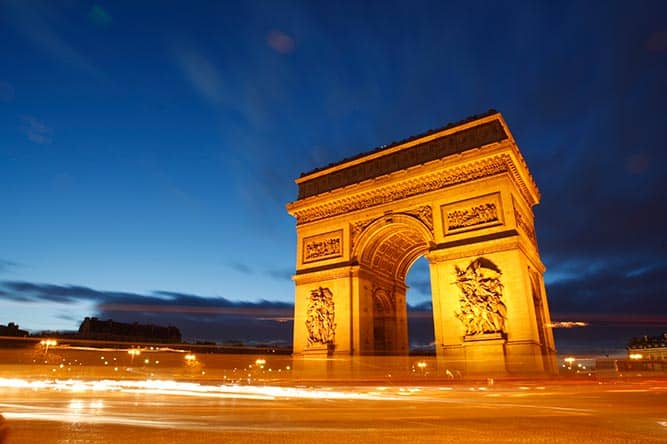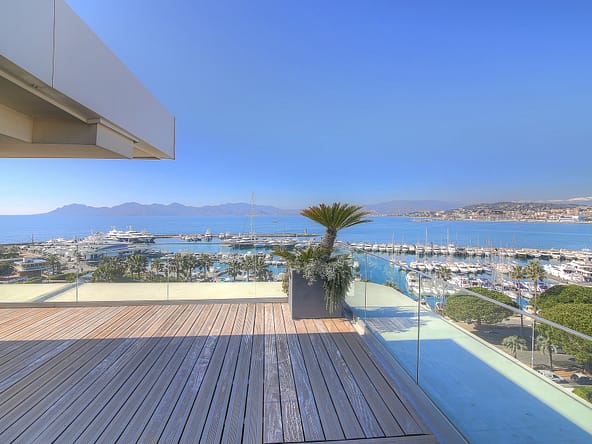Paris may be a fast-paced city, but there’s something to be said for slowing down and taking in the view. Since few people actually drive in Paris, just about every other mode of transport comes with the opportunity to do a little sightseeing. If you’re new to Paris, then you’ll want to get out and about as much as possible.
Here are a few ways that people living in Paris find their way around. Once you have familiarized yourself with the different modes of transport you’ll be able to navigate the city like a pro!
Table of Contents
1. You can walk practically anywhere
You can walk practically anywhere you want to go in Paris thanks to its many small neighborhoods or arrondissements, that are easy to explore on foot. Walking is a wonderful way to experience everything Paris has to offer, especially when you’ve just moved there and are trying to familiarise yourself with your surroundings.
2. The Metro is a good way to get around
The Paris subway system is called the Metro. These are the trains you’ll use when you need to go across the city or to a neighborhood that’s not close by. The Metro is similar to the underground subways you find in other cities, like London or New York. There are plenty of smartphone apps that will help you figure out how to use the Metro to get where you need to go.
3. The Metro can be difficult to use with children/luggage
Note that the Metro may be difficult to use if you’re traveling with children, luggage or a stroller. There are a lot of stairs to go up and down and gates to walk through. Plus, there aren’t lifts in the Metro.
4. Look out for the history of the Metro
While it can be inconvenient at times, the Metro is a big part of Paris’ history and culture because it’s been in operation since 1900. Each station is different and many have artistic displays like unique tile designs or interesting statues. Musicians often play underground and you’ll be able to hear them as you walk to your terminal.
5. Buses and trams make life easier
Paris’ excellent public transportation system also includes buses and trams. If you don’t have to go too far but also don’t feel like walking, hop on a bus or tram. This is an easier alternative to taking the Metro if you’re heading to a nearby neighborhood.
6. Check when the Metro operates
During the week, Metro trains run until about midnight; on the weekend, they run until 1am or so. If you’re going to be traveling at night, make sure to check the schedule ahead of time so you don’t end up in an unfamiliar neighborhood without a way to get home.
7. RER is a great alternative
The RER is a great alternative to the Metro if you’re going to be heading to one of Paris’ outlying towns or cities. There are a number of high-speed RER trains that stop less frequently than the Metro trains.
8. Avoid the rush hour
The Metro can get crowded, especially during rush hour. Avoid riding the Metro or RER during rush hour, which is from 8 to 10am and 5 to 8pm on weekdays. It’s also important to note that some bus lines will be crowded during these times as well.
9. The Noctilien bus line is perfect for late-night explorers
The Noctilien bus line is perfect for late-night explorers who don’t want to worry about missing the last subway train. The Noctilien has more than 47 bus routes that run through the night. You’ll be able to get home no matter what time of the evening (or morning) you decide to turn in.
10. Late night strolls can be romantic
Few things are quite as romantic as taking a late night stroll through Paris. The streets will be lit up and you’ll be close to all of the city’s nighttime scents, sounds and sights. Once you have your walking shoes on, head to Les Grand Boulevards for an evening stroll.
11. Easy availability of bike rentals
Velib’ bike rentals launched in 2007. Today, there are more than 20,000 bikes across 1,800 rental stations in Paris (you’ll run into a station every 300 metres or so). Bikes can be returned to any station and stations are open 24 hours a day, seven days a week. The Velib’ company has helped to turn Paris into a bike-friendly place for both tourists and locals. Note that you won’t be able to rent a bike helmet, so if safety is a concern, use your own.
12. Bike rentals are cheaper than you think
The Velib’ machines accept credit cards and you can rent your bike for an hour, a day or even a week. You’ll pay based on how long you use the bike. The first 30 minutes are “free,” which the exception of the base rate rental fee. Once you return your bike, you’ll pay a flat rate for the amount of time you had it, regardless of how many trips you took during that time. Keep in mind that when you swipe your card, you’ll be charged a deposit in case the bike is damaged during your time with it.
13. Taxi’s are expensive
Paris also has taxi’s just like other major cities, but be warned, they’re one of the most expensive ways to travel. If you call a taxi, the meter starts running from when you make the reservation. If you’re completely stuck for a ride, though, it’s good to have the telephone number of a cab company in your phone.
14. Using a car can be difficult
Finally, getting around by car in Paris can be more difficult and expensive than walking or using public transport. Though some people still opt to bring their car when they move to Paris, most residents find that it’s easier without one.




